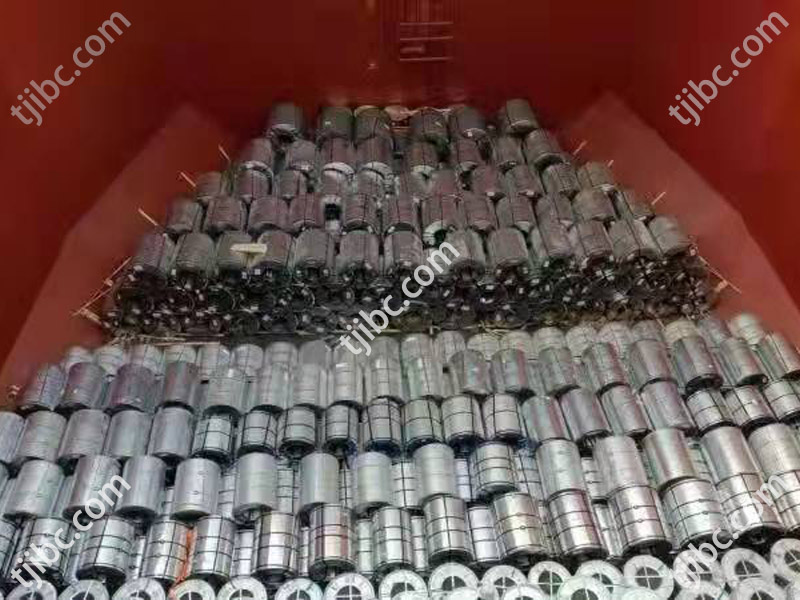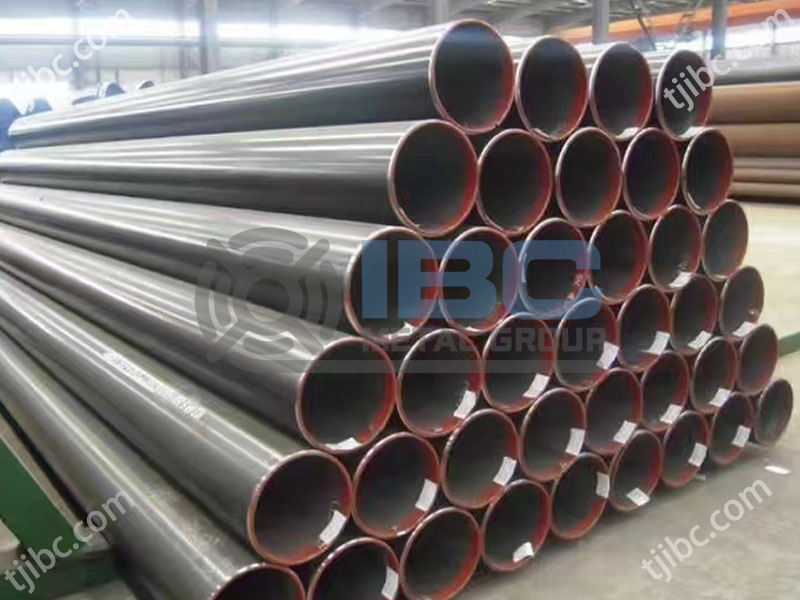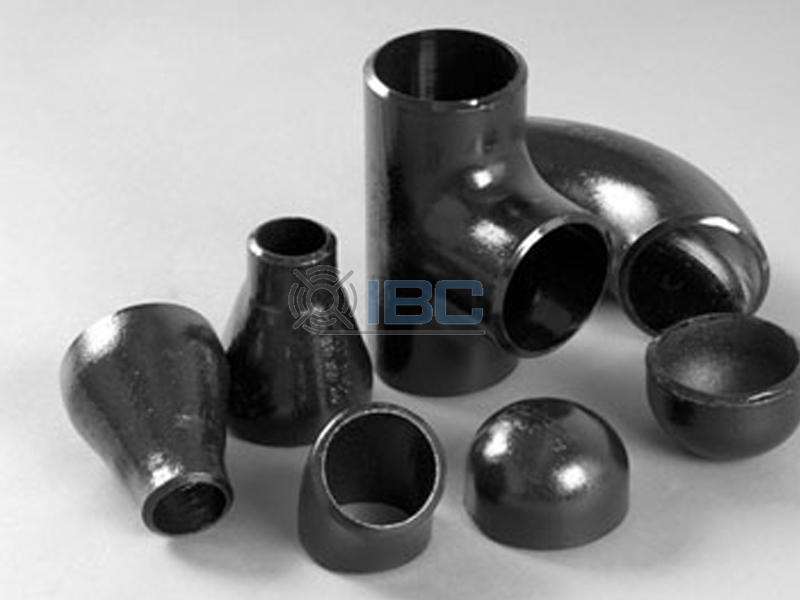In terms of operation, the processing flow of galvanized and aluzinc steel has some similarities. But it may also vary depending on the specific process and equipment. In general, both types of steel require surface treatment, such as cleaning and removal of the oxide layer. It can ensure that the coating can firmly adhere to the steel surface.
The former can be carried out by hot-dip galvanizing or electrogalvanizing. The latter production process is similar to the process of galvanized steel plate and aluminum plate, using continuous melting coating process.
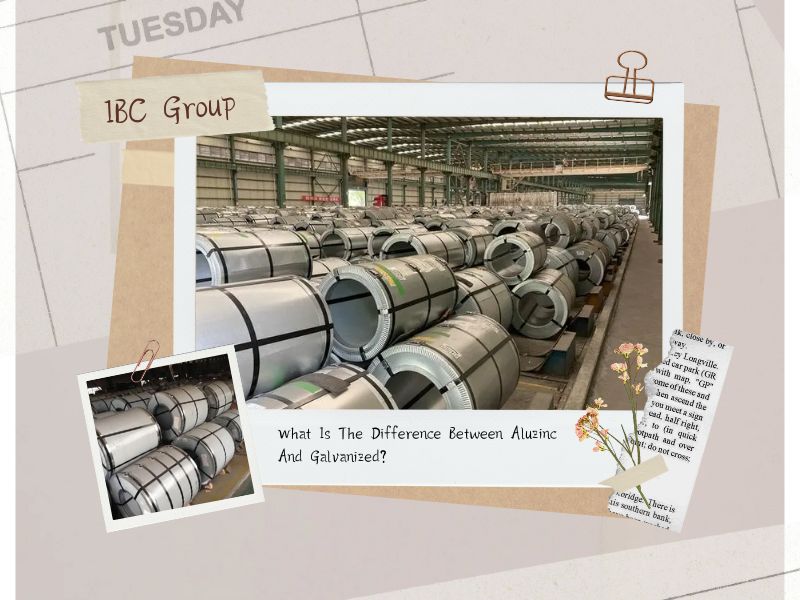
What is Aluzinc Steel?
Aluminum-zinc plated steel is an alloy coated steel plate, which is composed of an aluminum-zinc alloy structure. And its entire structure is composed of a dense quaternary junction crystal formed by aluminum-iron-silica-zinc. Its surface coating is mainly composed of 55% aluminum, 43.4% zinc and 1.6% silicon. And this specific alloy ratio gives this steel excellent corrosion resistance. When the zinc is worn, the aluminum forms a dense layer of alumina, which further prevents the corrosion of the interior.
It has many excellent characteristics. For example, it has good heat resistance and can withstand a high temperature environment of more than 300 degrees Celsius. So it is often used in high temperature facilities such as chimney pipes and ovens. In addition, its high thermal reflectivity is twice that of galvanized steel. So it is often used as a thermal insulation material. This steel also has good processing properties, can be pressed, shear, welding and other operations. And the surface conductivity is good.
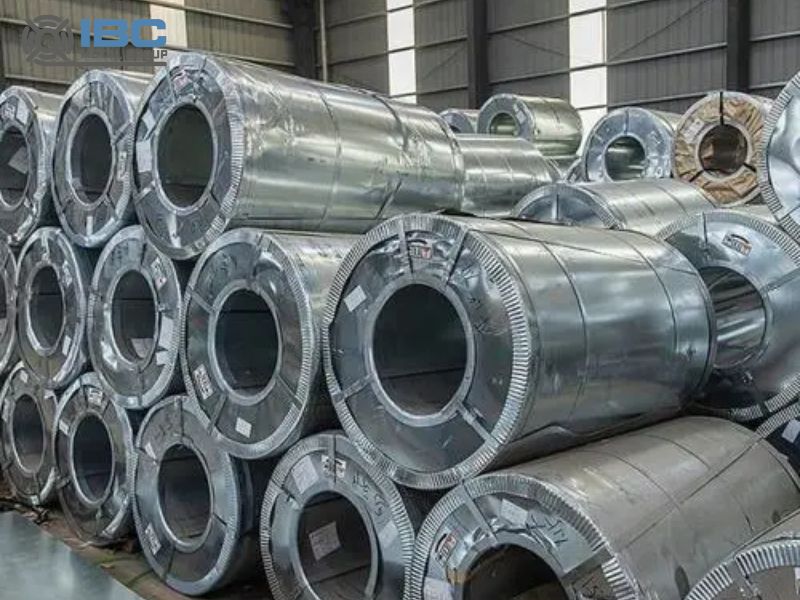
What is Galvanized Steel?
Galvanized steel refers to a layer of zinc plated on the surface of the steel to play a beautiful and anti-rust role. This coated steel is widely used in construction, vehicles, home appliances, light industry, agriculture, military and aerospace industries. Galvanizing process is mainly through hot dip galvanizing, so that the zinc layer and the steel surface metallurgical reaction, the formation of alloy layer, so that the zinc layer and the steel matrix integrated. This alloy layer prevents the zinc layer from falling off, thus better protecting the steel matrix from corrosion.
Its main advantage is its excellent anti-corrosion properties. The galvanized layer can effectively prevent the steel from coming into contact with oxygen and water in the air, thus slowing the corrosion rate of the steel. In addition, this steel also has good formability and weldability, which is convenient for subsequent processing and use.
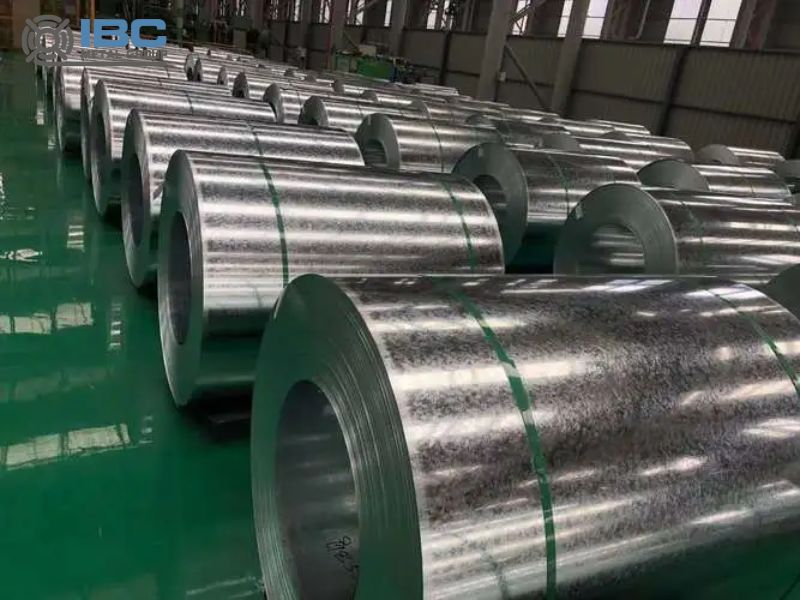
What Is The Difference Between Aluzinc And Galvanized?
1. Material and coating structure: Galvanized steel is to prevent the surface of the steel plate from being corroded and extend its service life and to coat the surface of the steel plate with a layer of metal zinc. The surface coating of aluminized zinc steel plate is composed of 55% aluminum, 43.4% zinc and 1.6% silicon, and this special coating structure makes it have better corrosion resistance.
2. Corrosion resistance: Due to the coating structure of aluminum zinc alloy, the resistance of this steel plate to atmospheric corrosion and moisture gas corrosion is better than that of galvanized steel. In fact, its normal service life can reach 2 to 6 times that of ordinary galvanized sheet. This excellent corrosion resistance enables it to be used in a full range of internal and external building materials and components.
3. Thermal reflectivity: The thermal reflectivity of this steel plate is very high, twice that of galvanized steel, so it is often used as a thermal insulation material.
4. Economy: In the case of the same weight and coating thickness, because the density of 55%AL-Zn is smaller than the density of Zn, the area of this steel plate is more than 3% larger than that of galvanized steel plate, showing its better economy.
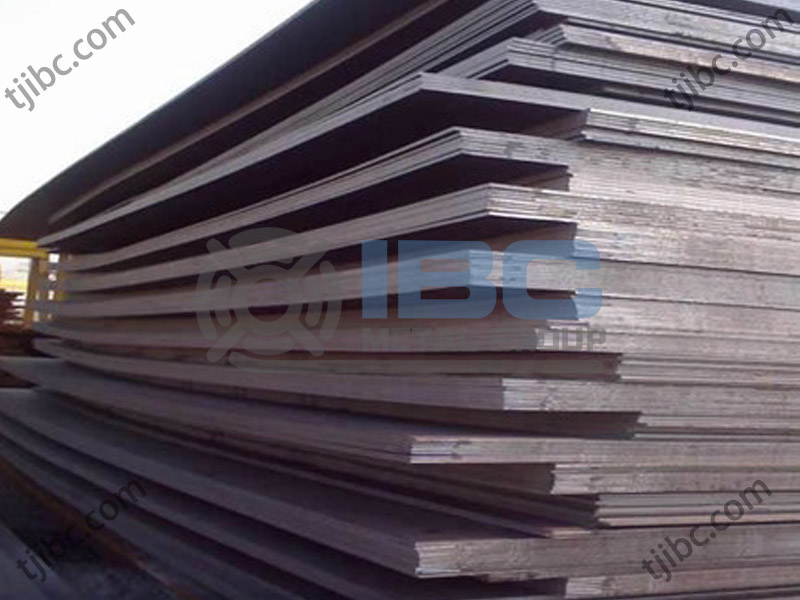
Contact with us today!

